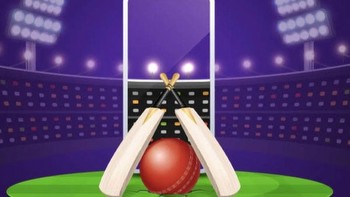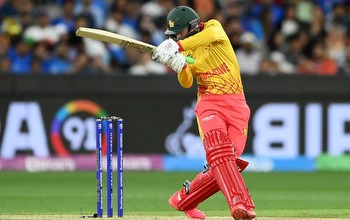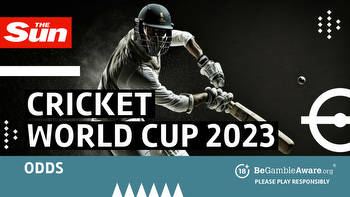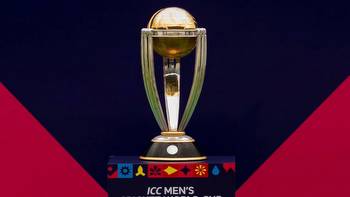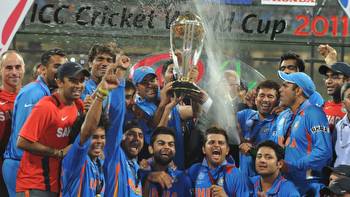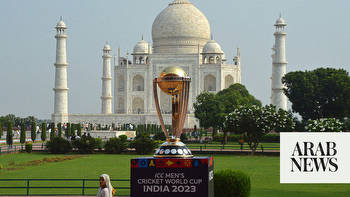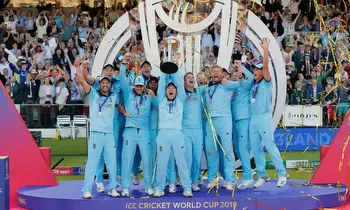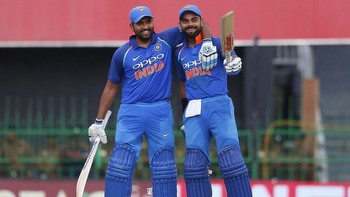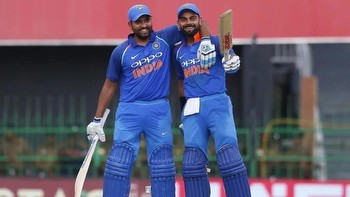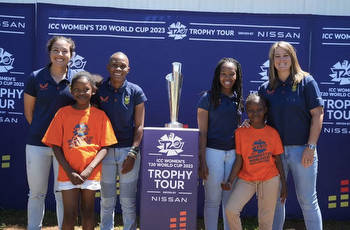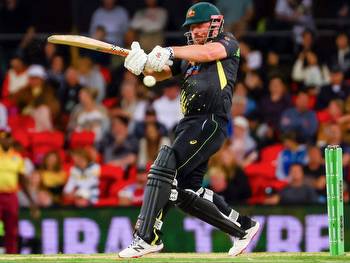2019 Cricket World Cup: Information transfer has narrowed gap between rivals
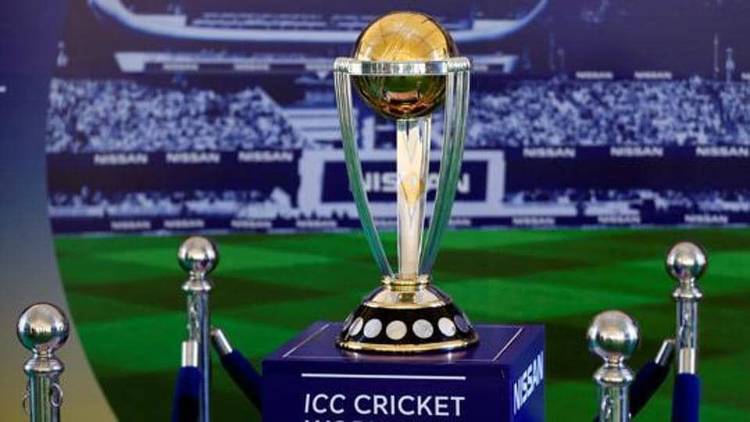
Among my abiding memories of the World Cup is running into former Australian captain, broadcaster and scribe, the late Richie Benaud, on the stairway leading to the Lord’s press box shortly after the 1983 final had commenced.
I was a trifle late in reaching the match and was greeted by a joyous roar— distinctly Caribbean in flavour—steaming past snooty stewards at Grace Gates. “I’ll still give you 66-1 on an India win,” he said enticingly as we bumped into each other.
These were the odds at the start of the tournament too, and in a two-horse race seemed illogical in the extreme. I thought Benaud was being foolish, but chickened out from taking him on for two reasons.
Primarily, I am not a betting person. Moreover, one team simply did not inspire confidence. Irrespective of the extraordinary odds, it seemed a hopeless wager to make. The rest is history.
But this piece is not another reminiscence of India’s sensational victory in 1983, rather to highlight how the World Cup has been won by less fancied teams.
Take 1975. The favourites were England and Australia. West Indies were still to be the world-beaters that dominated the sport for over 15 years. With a clutch of exciting young talent, supported by some seasoned pros under Clive Lloyd, the team went through excruciating times to win the first title.
Against Pakistan, West Indies were on the mat having lost nine wickets and still needing 64 runs to win before Deryck Murray and Roberts saw them home in a nerve-wracking partnership.
In the final, they were reduced to 50-3 before 39-year-old Rohan Kanhai joined Lloyd, the two putting on 144 runs to turn the match on its head.
The brilliant, big stars of West Indies cricket as we identify them—Richards, Greenidge, Kallicharan, Julien, Roberts—were rookies then. West Indies were favourites in 1979 and won, but at their zenith in 1983 lost to India.
Pulling off a coup
In 1987, BCCI top guns NKP Salve, Jagmohan Dalmiya and IS Bindra pulled off a coup (with not a little help from PCB president Air Marshal (retd) Nur Khan) to get the World Cup to the sub-continent. India and Pakistan were joint favourites, but there were several twists and turns in the story.
Assigned to cover the Pakistan leg, I saw the home team march imperiously to the semis where they were stunned by Australia. The despondency that enveloped the Gaddafi Stadium that evening is vivid in memory.
Pakistan’s players were scheduled to take a chartered flight that night to Mumbai, where the second semis was to be played, and with the Indian team, proceed to Calcutta for their anticipated clash in the final.
No Pakistani took the flight from Lahore, which enabled me to find a seat and watch India play England the next day. As it happened, India were shocked at the Wankhede by an England side that showed more tactical nous.
In the final, though, England were humbled by the young Australian team under Allan Border, signalling a resurrection in international cricket. Yet, Australia, having toppled West Indies as the world’s best team by 1990, were not to win the World Cup again till 1999.
In 1992, Pakistan had virtually crashed out of the tournament mid-way through when weather came to their rescue against England.
This stroke of luck saw the tide turn; they went from strength to strength and beat New Zealand in the semis, and then England in the final.
In 1996, India were favourites playing at home, followed by Australia. Both these teams were stumped (one in the semis, the other in the final) by a strong-willed Sri Lanka that combined intrepidity with the off-beat tactic of opening with two pinch-hitters.
In 1999 and 2003, South Africa were joint favourites with Australia, but failed to reach the final in either tournament, losing close matches to earn themselves the tag of chokers.
Change in pattern
The pattern since 1999 would suggest the World Cup has become less mercurial. Favourites Australia have won in 2003, 2007 and 2015, India in 2011 when playing at home. Yet, the 12 edition which commences today is perhaps the most open.
Speedier transfer of information—of players and tactics—has narrowed the gap between teams.
T20 leagues have allowed frequent intermingling of players, making strengths and weaknesses of opponents more easily understood, reducing the gap further.
Consider what transpired last week. Top-ranked England were beaten by Australia, second favourites India were beaten by New Zealand, who in turn were blown away by West Indies, and Pakistan were humbled by Afghanistan.
These were all warm-up matches, of course, but suggestive that this could be a topsy-turvy World Cup. So, make your pick at your risk. I am happy to remain a non-betting man.
(The writer is a senior cricket journalist. Views are personal.)

